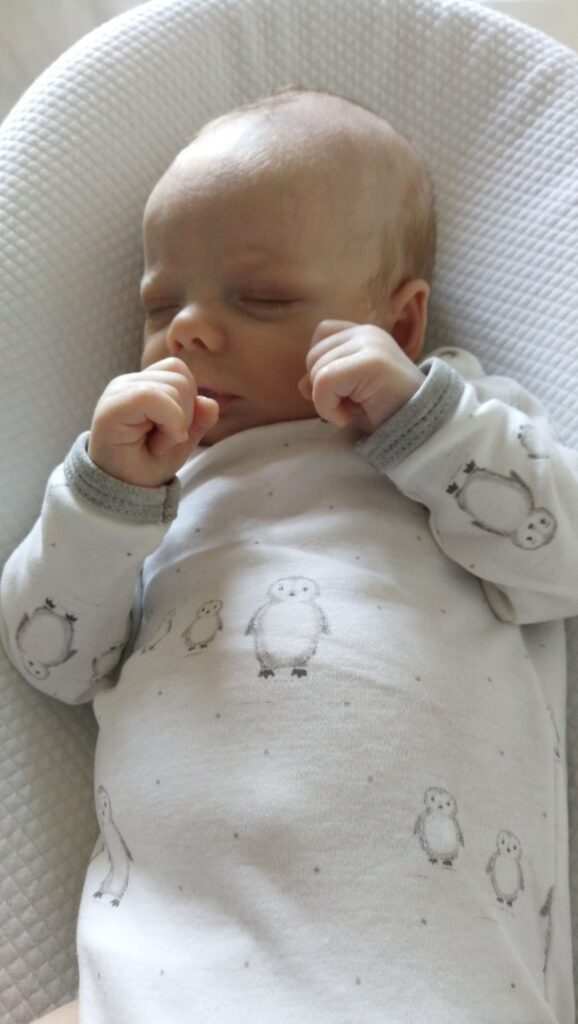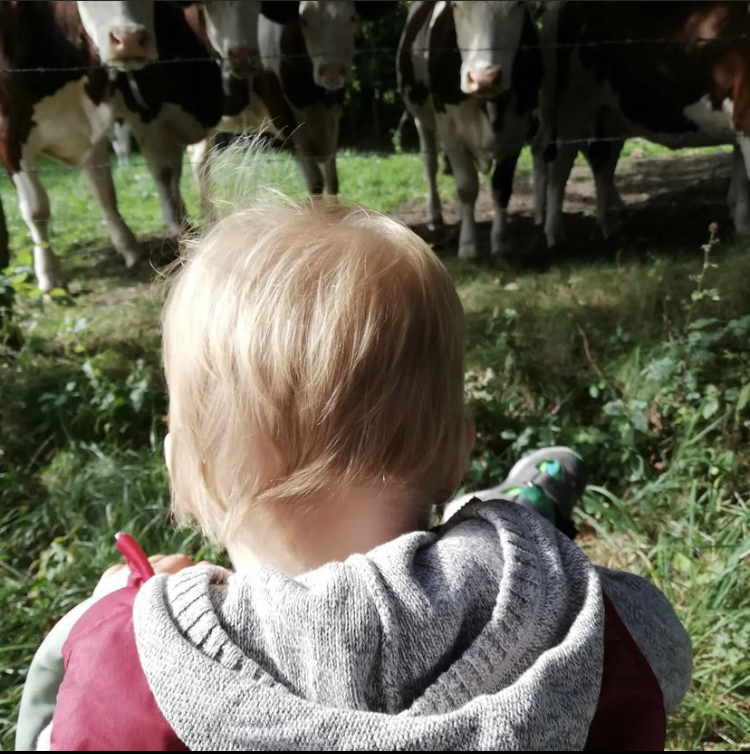Infantile Spasms
Infantile spasms is a rare type of seizure. It usually occurs in infants under the age of one but can also affect older children. It can begin as early as the newborn stage and even start as late as two years old (but this is rather rare). Infantile spasms are notoriously difficult to diagnose and they are often misdiagnosed as reflux or the startle (moro) reflex.
What does a spasm look like?
According to the UKIST website: “The typical pattern is a sudden bending forward and stiffening of the body, arms and legs. Sometimes, the episodes are different, with the arms and legs being flung outwards. Usually, they affect both sides of the body equally. Typically, each episode lasts just one or two seconds, followed by a pause for a few seconds, then a further spasm. However, a child having infantile spasms may just have little head drops that do not appear to be anything serious.” Please click on resources for the link to the UKIST website.
For Kasper a spasm looked like the typical ‘jack-knife’ or ‘salaam’ spasm where his arms and legs would fling out as if he were losing his balance. Please watch the infantile spasms awareness video on the right for more information.
What do I do if I suspect my child has infantile spasms?

Step 1: Film it. It may seem counter-intuitive to film your child having a potential seizure but the more evidence you have, the easier a diagnosis will be.
Step 2: Take your child to A&E (ER), preferably on a weekday so that the team is there to carry out an EEG. Tell the staff you suspect your child has infantile spasms, show them a video and ask for an EEG to be performed ASAP.
Step 3: If the EEG results confirm infantile spasms, discuss treatment options. Typical frontline treatments are Vigabatrin (Sabril) and/or Prednisolone or ACTH.
Step 4: Try to get spasms under control. If spasms prove difficult to control, explore other options with your child’s doctor.
What do I do if my child is diagnosed with infantile spasms?
- Try to focus on the treatment to begin with. It’s easy to fall down the internet rabbit hole and while some research is necessary, it can become overwhelming with all the statistics and studies.
- Join a Facebook group. There are many great Facebook support groups for families who have a child with infantile spasms. Just type ‘infantile spasms’ into the Facebook search bar and you can join one or more of the groups you see.
- Try to connect with other families. Making friends, some of whom are now my closest friends, was one of the best things I did. They knew and understood how I was feeling and never judged me.

